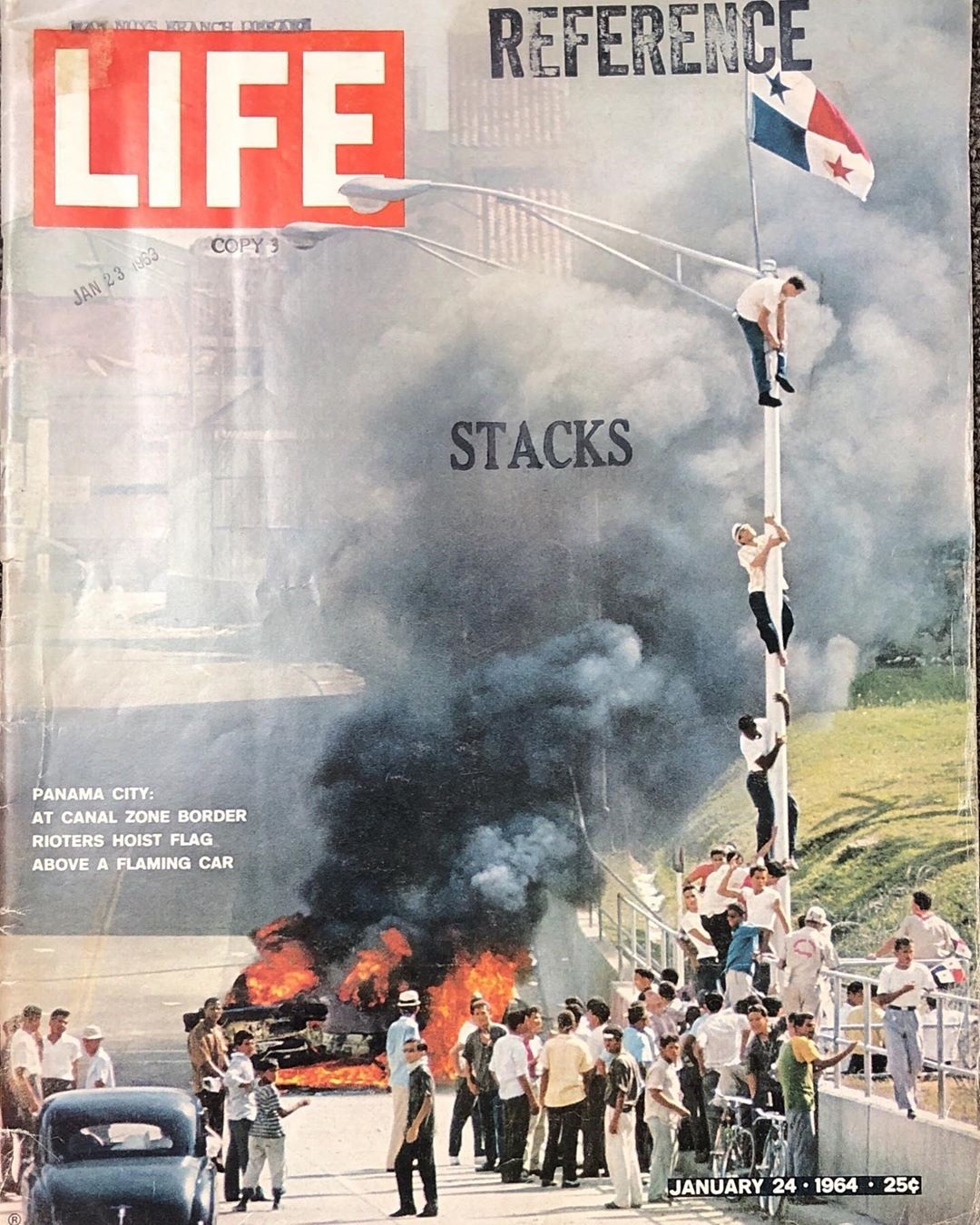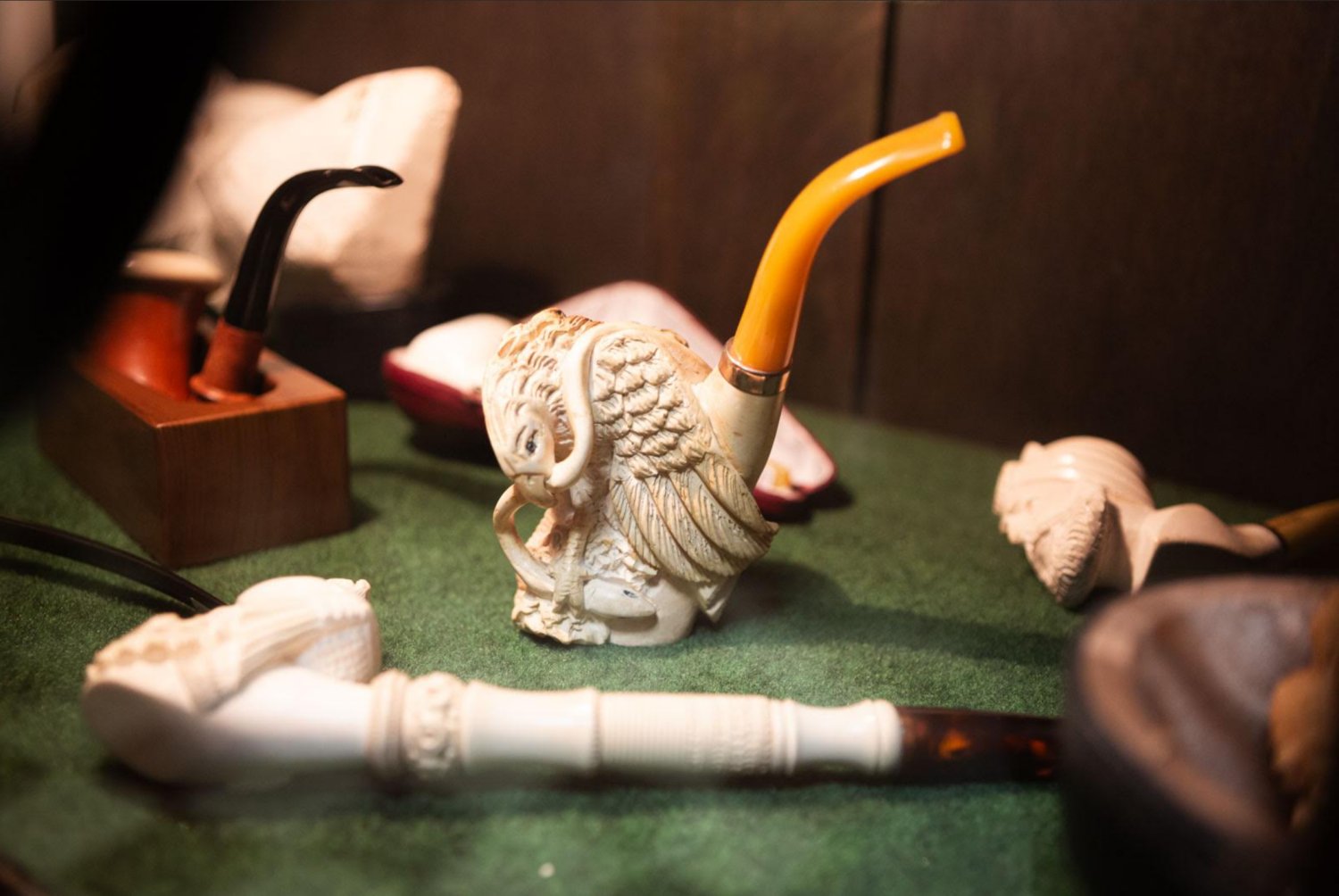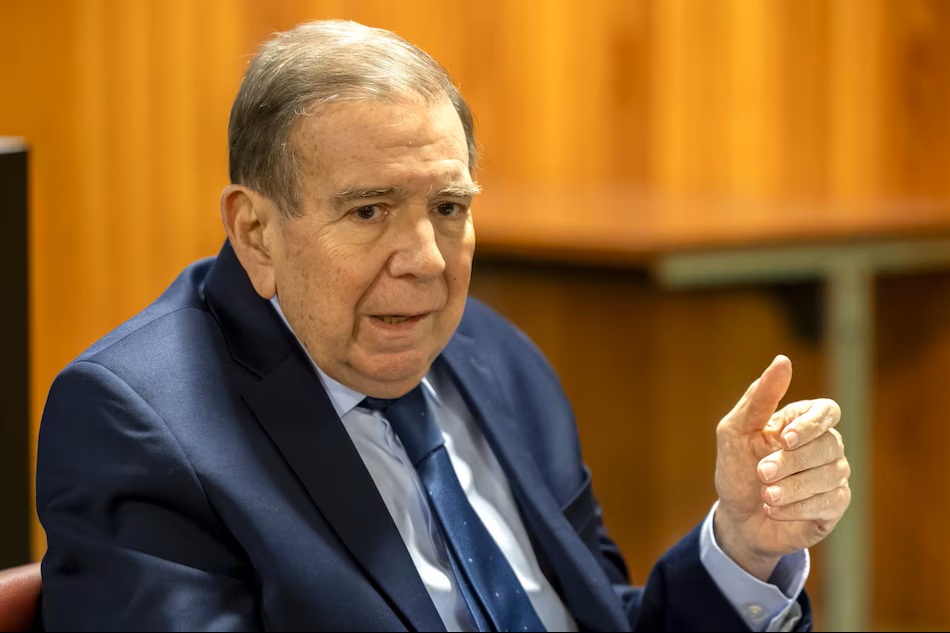From peaceful protest to 22 deaths

FOR READERS who may not be aware of why today is marked in Panama as Martyrs’ Day we are reproducing an article by Ana Elena Porras, coordinator of The Citizens’ Movement for the Strengthening of Panamanian Identity.
It was published in La Prensa earlier in the day. Further, more graphic details may be found in Wikipedia, the files of Life magazine and in a series of in depth studies by Eric Jackson The article reads
THIS JAN 9, 2013 Panamanians commemorate 49 years of an important patriotic epic that began with a peaceful student march, barely a handful of students (200 young men and women), accompanied by their teachers, with the Panamanian flag and national ideals as their only only weapons of defense.
They moved toward Balboa School with the intention of raising the Panamanian flag next to the U.S., to enforce the Chiari Kennedy agreements, signed in 1963. A year later the Zonian authorities and residents were reluctant to comply.
Although domestic authorities had informed the Canal Zone (which was like another State within Panama) of their peaceful march to fly our flag, only six students were allowed to reach Balboa School, where they were humiliated with insults, pushing and beating, inflicted by about 2000 Zonians (high school students, their parents, residents and police) as they tried to sing the national anthem. Our flag was torn and trampled. The heart broken delegation returned with flag while being harassed by police and Zonians.
Word of this unjust and disproportionate aggression ,spread in Panama and Colon and protestors gathered along the “border: from July 4th Ave and extended towards Panama City. More students joined, including those in university and Panamanians in general.
On the Zonian side, the army joined the police in hostilities against the Panamanians. Our first martyrs fell and many were injured. The doctors and nurses of Panama and Colon worked around the clock to serve injured protestors.crowded taxi drivers crowded into the area of hostilities to transport the injured . That night, President Roberto Chiari officially announced the breaking of diplomatic relations between Panama and the United States, after demanding the U.S. military to cease hostilities against the Panamanians. It was an extraordinary action in the history of Latin America and the world. While it is true that the local police were ordered to stay in their barracks, contrary to the U.S. request to quell the rebellion., They were (at least symbolically) supporting the protests.
In the days following the president instructed his ambassadors in Washington, the OAS and the UN, to communicate the strong protest of Panama against U.S. aggression. Although there was a minority of dissenting voices in Panama and the looting of \American owned local businesses during the riots, there was an extraordinary unity in Panama between the oligarch government, student movements, civil society and patriotic people. 22 idealists and brave boys were killed and more than 500 injured. Nearly 40,000 Panamanians came days later, summoned by the Church, to show solidarity with the martyrs of 9, 10 and 11 of January. The presence of U.S troops with tanks and combat equipment in the former Kennedy Avenue and Avenue July 4, on Jan. 10, and in the neighboring areas of Panama City and Colón, was unnecessary and had the effect of inflaming the Panamanian population.
The pain of bloodshed of out young citizens has not been in vain. Unknowingly, these patriots were able to change the course of history and opened the way for the negotiation of a new Canal treaty that ending once and for all the Treaty of 1903, which included the infamous U.S. presences in the Canal Zone in perpetuity clause. The Torrijos-Carter Treaty is therefore rooted in the events of January 9, 1964. And from them we gained territorial reunification, improved state sovereignty and the nationalization of the Canal.
This sovereignty feeds the economic growth of Panama today. National identity and historical memory, together with the solidarity of the government’s response to the popular will, are the key to the cohesion of our society and for economic success. This is the great lesson of 9 January 1964, a date of extraordinary historical value, but also symbolic of Panamanian nationality.
On behalf of the Citizens Movement for Strengthening Panamanian identity, I express the strongest protest on the “bridge” affecting the commemoration of this memorable date, official and civic dimension it deserves. Bridge Day promotes the forgetting of this episode, perhaps the most heroic and national unity event in our history. It also weakens our national identity and pride. Proponents of the measure argue that a long weekend favors trade and tourism, not to mention that it also promotes traffic accidents, crimes and domestic violence caused by excess alcohol.
A long weekend (for the benefit of traders) means drunk and partying youth, quite the opposite of what you want to commemorate on a mournful date like this. We must instill in our youth, admiration and appreciation for the Panamanians who sacrificed themselves in 1964. Many today do not know what happened. And we who live, have a moral obligation to tell this beautiful and tragic story so that we shall not forget.





